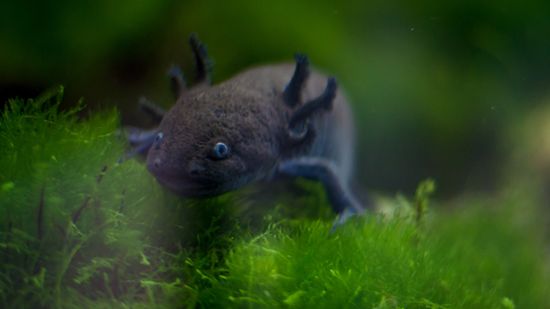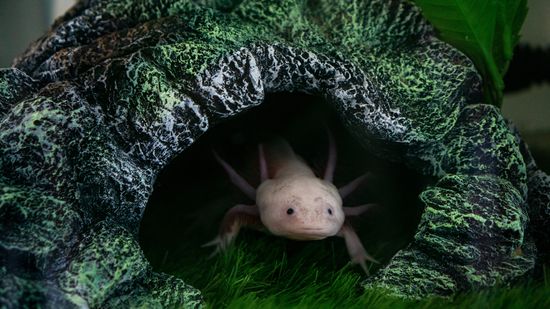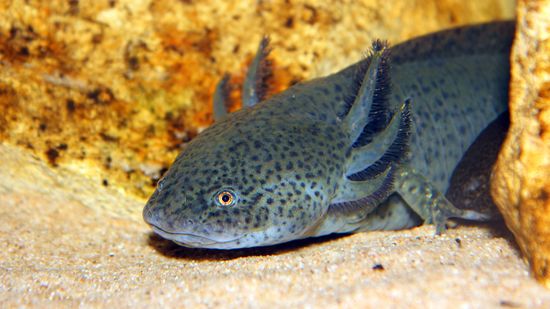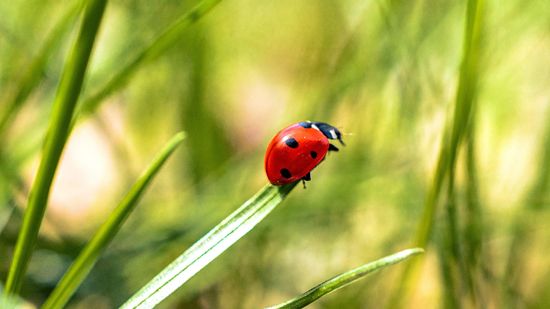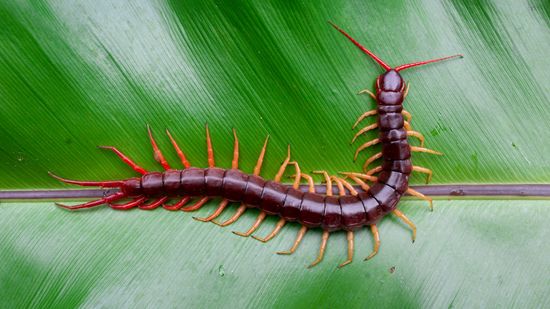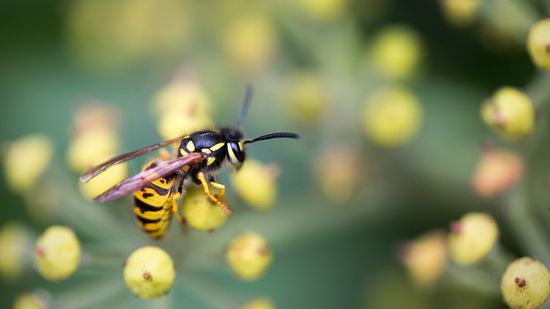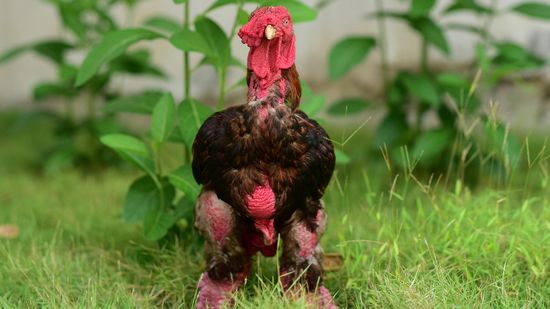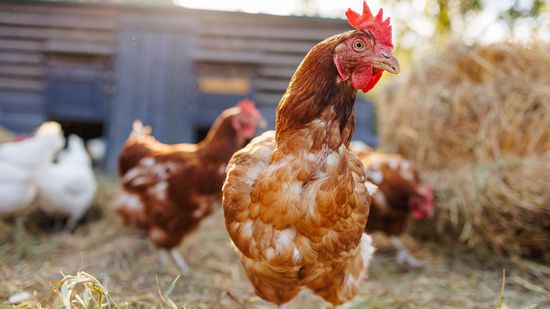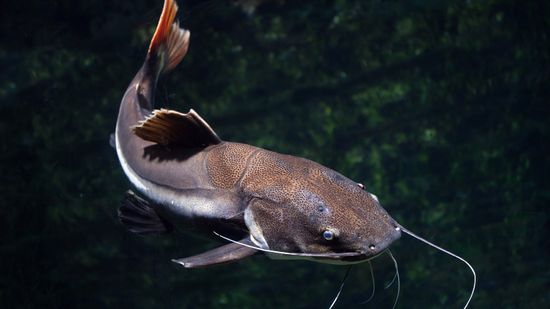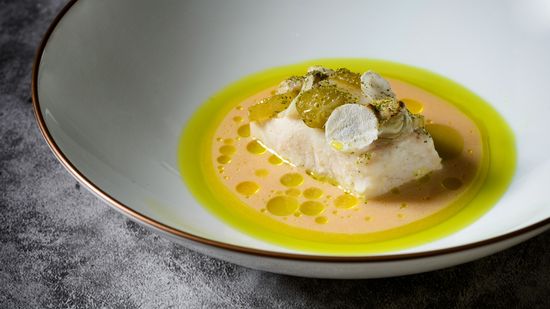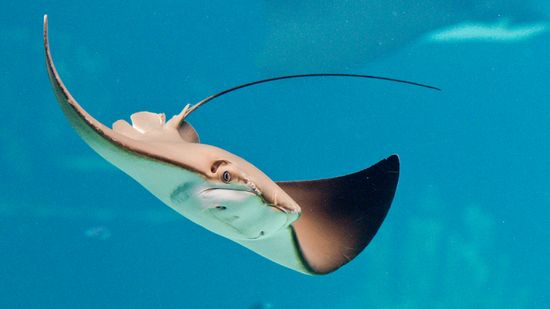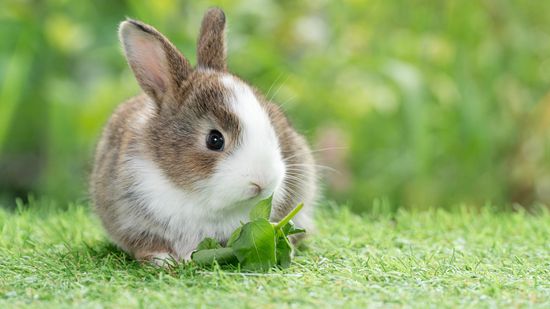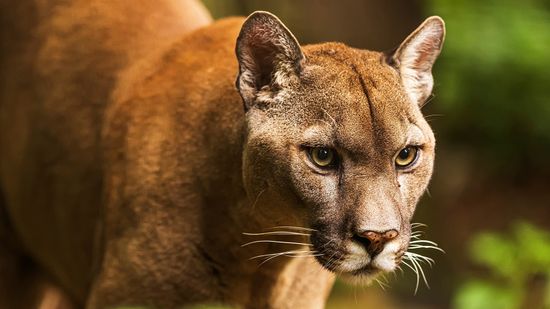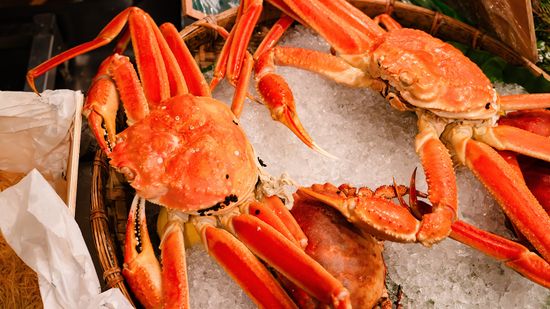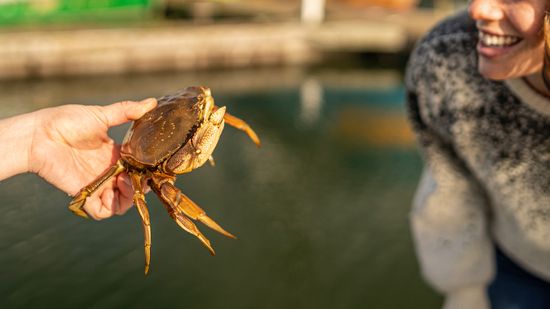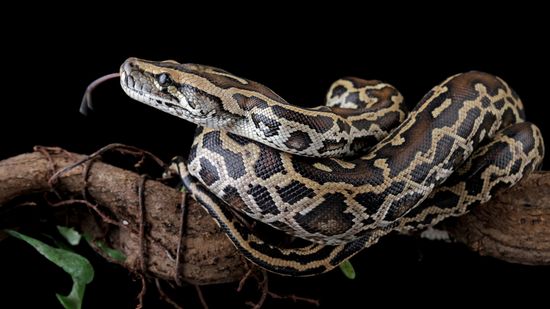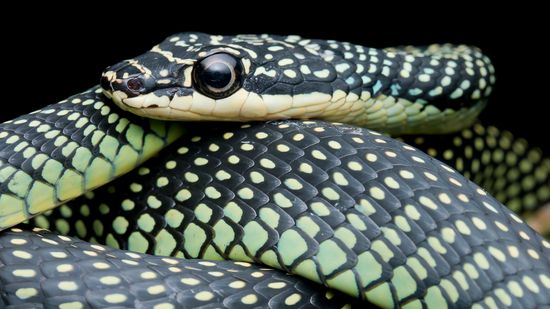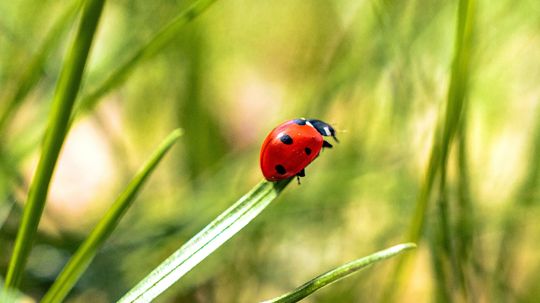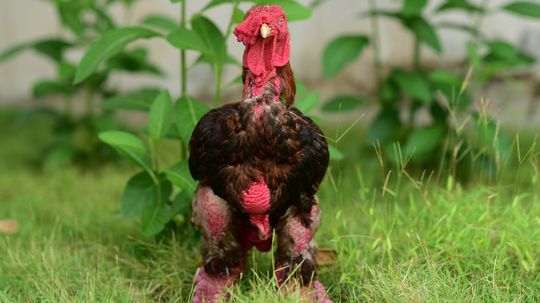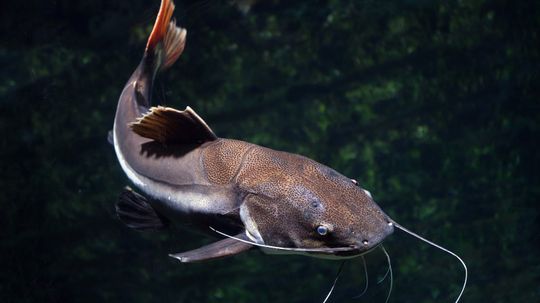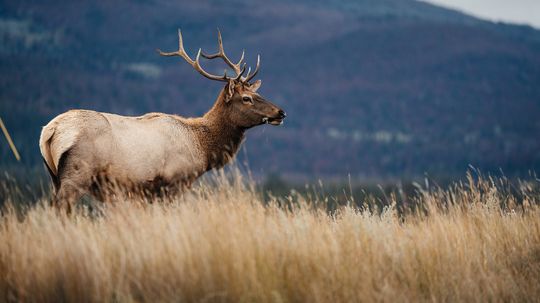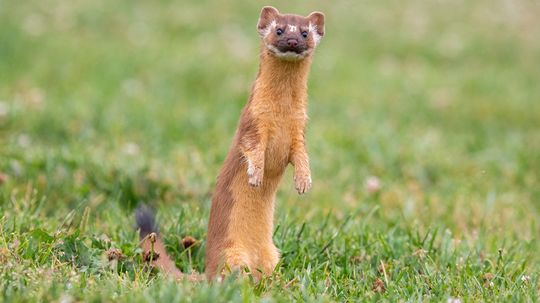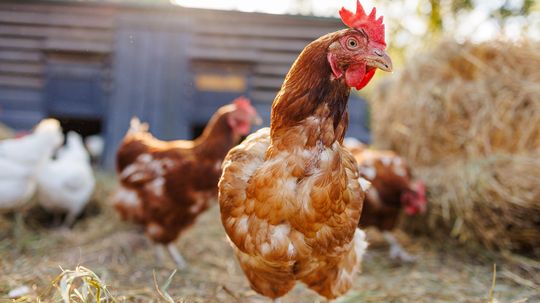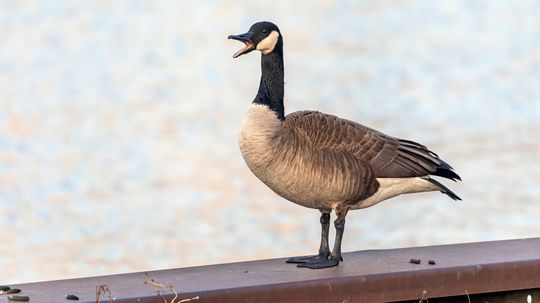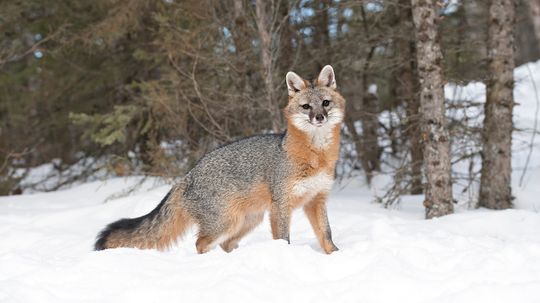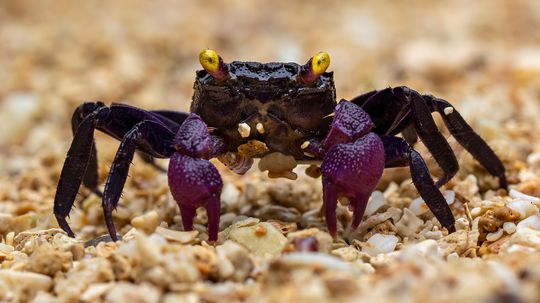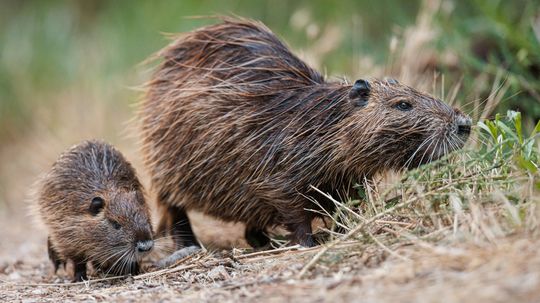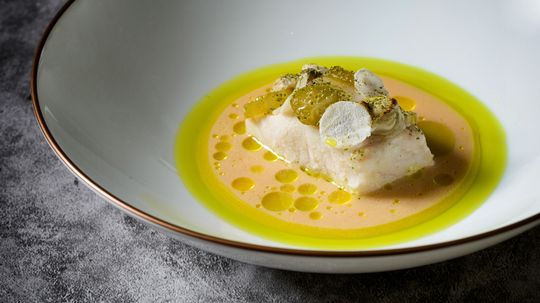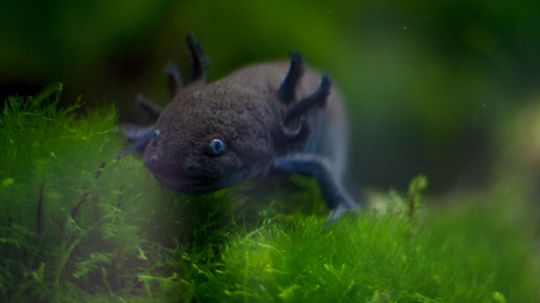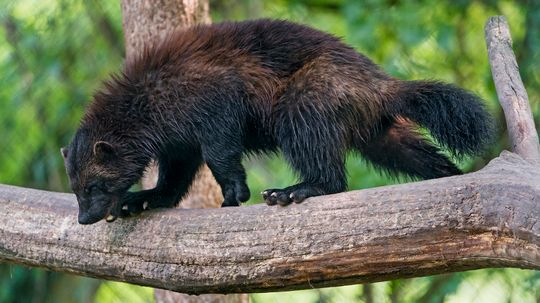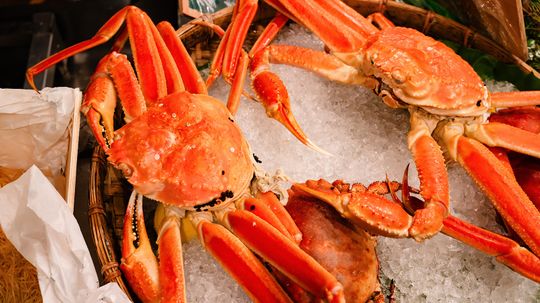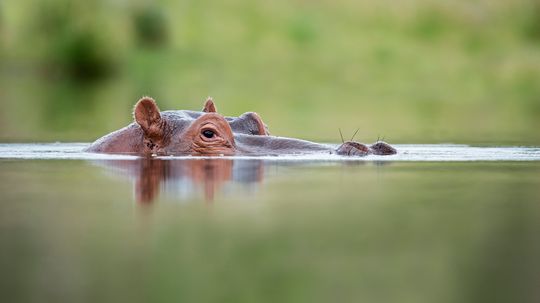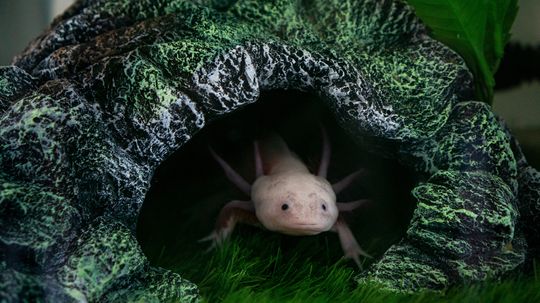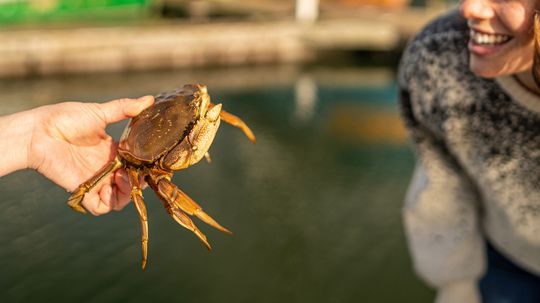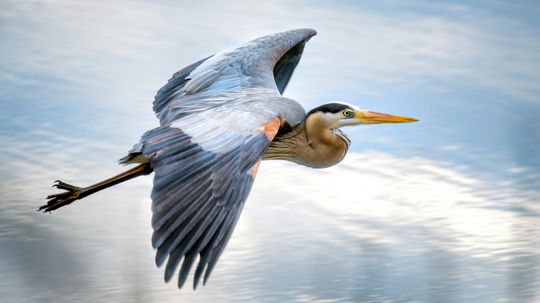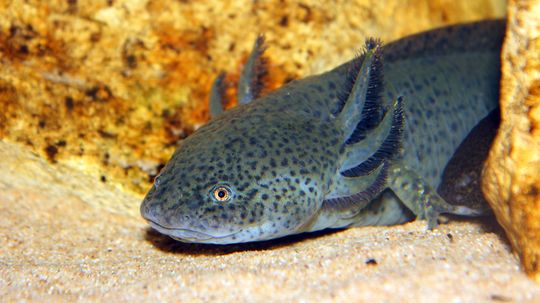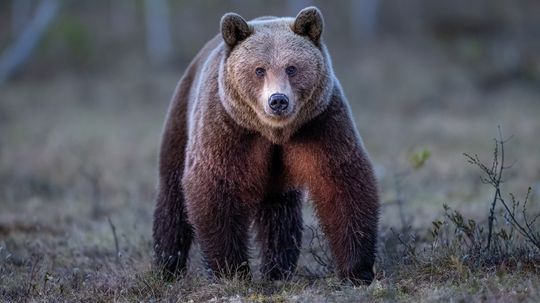Wild Animals
Whether they crawl, fly, swim, slither, walk, run or pounce, wild animals rely on their instincts. Read about all kinds of wild animals, mammals, birds, fish, insects, reptiles and amphibians.
Learn More
At first glance, a rabbit and a hare might look like twins in a petting zoo lineup. But the hare vs. rabbit comparison runs deeper than floppy ears and twitchy noses. These two species, while from the same family Leporidae, lead very different lives.
By Nico Avelle
Ladybugs might look alike at first glance, but not all of them are beneficial garden guests. If you're looking at a potential invader and unsure if it's an Asian lady beetle vs. ladybug, your confusion is entirely valid.
By Nico Avelle
You spot a many-legged crawler in your bathroom and wonder, "Centipede vs. millipede ... does it matter?" This quick guide breaks down the key differences in the age-old confusion.
By Nico Avelle
Advertisement
Chickens might not seem like luxury items, but in the world of rare poultry, the most expensive chicken breeds can fetch thousands of dollars.
By Nico Avelle
If you've ever ordered fried fish at a restaurant and wondered what exactly you're eating, you're not alone. The debate of swai vs. catfish often comes down to species, origin, flavor, and nutrition.
By Nico Avelle
Caribou and elk are both majestic members of the deer family, but they are not the same animal. The caribou vs. elk comparison reveals key differences in appearance, behavior, and habitat that set these two species apart (even though they're often confused).
By Nico Avelle
Some birds look like they flew straight out of a crayon box. With bold colors, long tail feathers, and shimmering plumes, they put even the most flamboyant fashion shows to shame.
By Nico Avelle
Advertisement
If you're all twisted up about the difference between a panther and a cougar, you're not alone. In fact, panther vs. cougar confusion is a classic case of regional naming rather than two distinct animals.
By Nico Avelle
They may look alike with their long, slender bodies and darting movements, but the ferret vs. weasel comparison reveals key differences in species, behavior, and domestication. These cousins belong to the family Mustelidae, which also includes otters, stoats, and minks.
By Nico Avelle
In casual conversation, people often use "chicken" and "hen" interchangeably — but they’re not quite the same. A quick chicken vs. hen comparison clarifies distinctions based on age, sex, and role in poultry farming, meat production, and egg laying.
By Nico Avelle
At first glance, geese and swans seem like large, long-necked cousins in the bird world — and they are. But the goose vs. swan comparison reveals key differences in size, behavior, migration, and even their place in the ecosystem.
By Nico Avelle
Advertisement
When you hear "python vs. anaconda" you might think of a clash between two massive snakes, but it’s also a fair comparison between a powerful programming language and a robust data science distribution. Whether you’re talking snakes or software, the differences are fascinating.
At a glance, the gray fox vs. coyote match-up might look lopsided. One is a medium-sized wild dog, the other a nimble omnivore that can climb trees.
By Nico Avelle
Vampire crabs might sound like horror flick creatures, but they’re actually one of the most striking pets you can keep in a paludarium.
By Nico Avelle
At first glance, woodchucks and beavers might seem like not-so-distant cousins; both are stocky, brown, large rodents.
By Nico Avelle
Advertisement
At first glance, cod and haddock might seem interchangeable on a dinner plate. But dig a little deeper into cod vs. haddock qualities and you'll find these two fish species have distinct qualities that influence taste, texture and how they're best cooked.
By Nico Avelle
Axolotls aren't just adorable; they're a marvel of biology and genetics. The different types of axolotl morphs showcase a range of stunning colors, patterns and genetic traits. From golden to glowing, here's a look at some of the most eye-catching axolotl morphs.
By Nico Avelle
Out in the wild, who wins in a wolverine vs. badger brawl? These two animals may look like scrappy fur balls, but they're built for battle. Think claws, jaws and hides tougher than a biker jacket.
By Nico Avelle
Snow crab is a seafood favorite known for its sweet, succulent meat and long, spindly legs. Found in the cold waters of the North Pacific and Bering Sea, snow crab is a top pick for crab lovers who enjoy cracking shells and dipping the tender meat in melted butter.
By Nico Avelle
Advertisement
The question of hippo vs. rhino is seriously a heavyweight showdown in the world of wildlife. These massive animals share African habitats but have very different biology, behavior, and reputations.
By Nico Avelle
Axolotl colors can be a little misleading; what you see online is wildly different from what exists in, well, the wild.
By Nico Avelle
Dungeness crab (Metacarcinus magister) is more than just a seafood favorite; it’s a symbol of coastal culture from California to Alaska. This tasty crustacean is beloved for its sweet, tender crab meat and iconic crab legs.
By Nico Avelle
The heron vs. crane debate might sound like something only birdwatchers care about, but knowing the difference is key for anyone who loves wildlife or spends time near wetlands.
By Nico Avelle
Advertisement
Axolotl life expectancy might not sound like a burning topic, but once you learn what these amphibians can do, you’ll be hooked.
By Nico Avelle
In debates across playgrounds and podcasts, one question endures: In a battle of bear vs. lion, who wins?
By Nico Avelle
